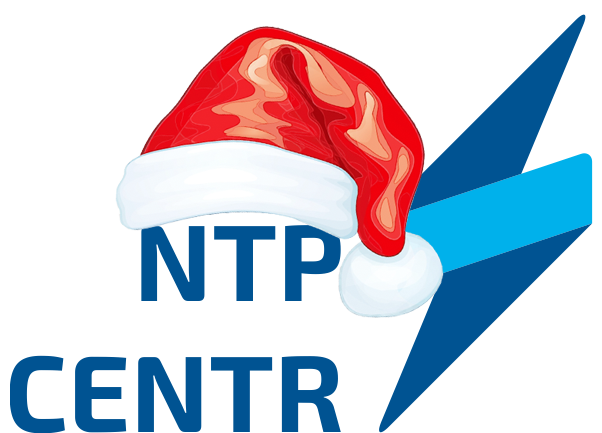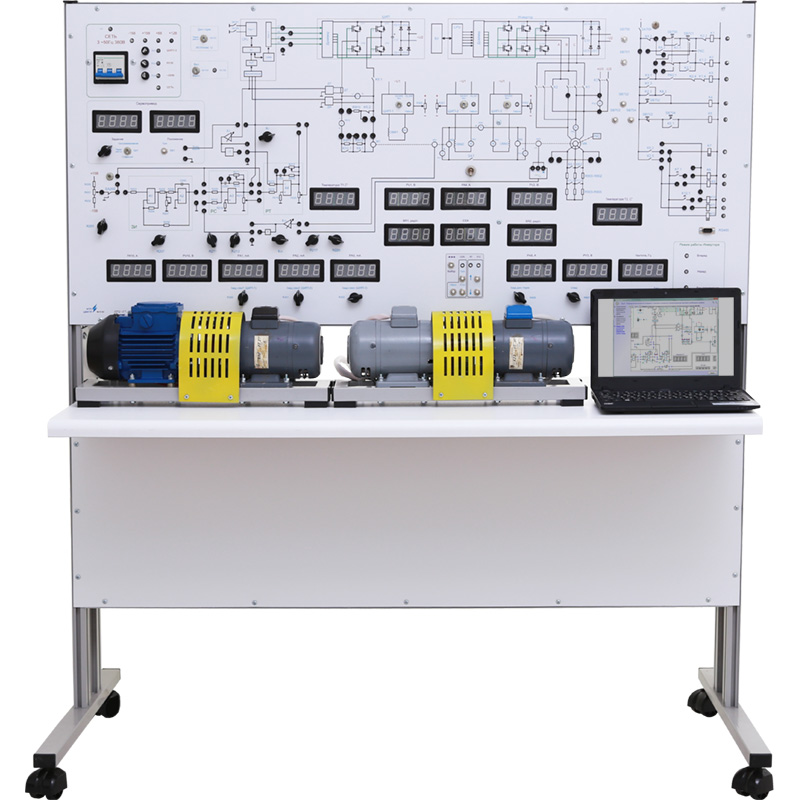NTC-07.30 “Electric drive with servo drive – MPCS”
Br0.00
The educational laboratory stand is designed for studying automated electric drives, power conversion techniques, drive control systems, and automatic control systems. The laboratory work allows for the experimental investigation and determination of the dynamic and static characteristics of various electric drives and motors (including direct current and asynchronous motors with different rotor schemes), as well as their control systems. This includes circuits for starting, braking, reversing, and speed and current stabilization. The exercises cover methods for parameter identification, regulation features, load diagram construction, and the study of modern converters and automatic control systems aimed at improving efficiency and reliability of electric drives.
*For additional information, you can contact us via the phone numbers or email provided on the website.
 Русский
Русский
